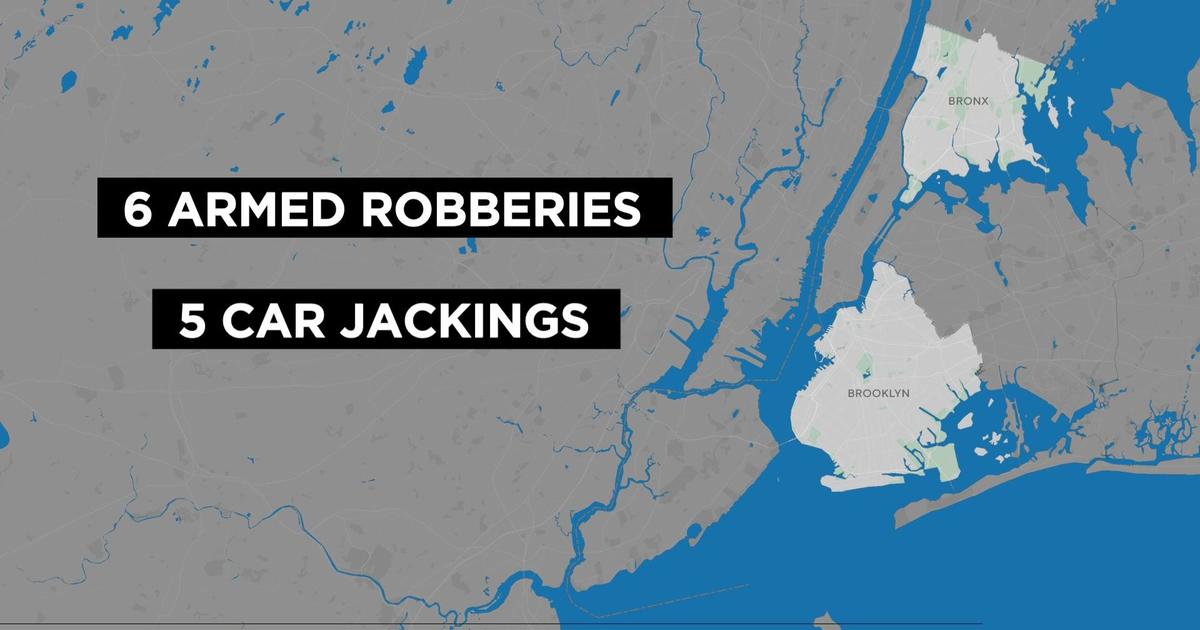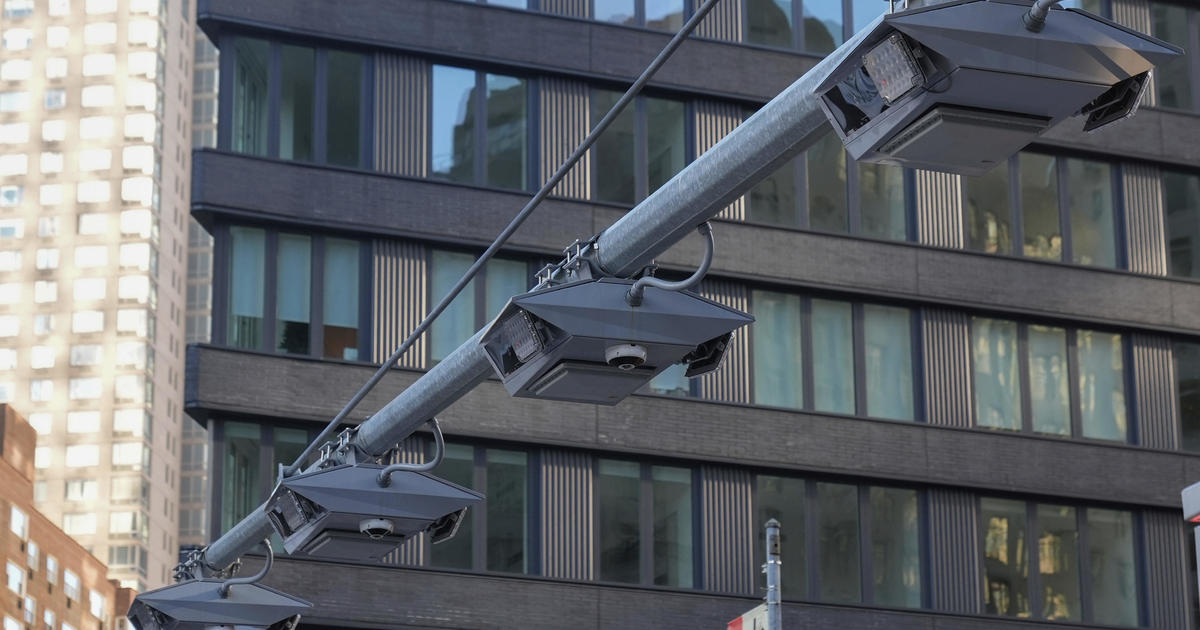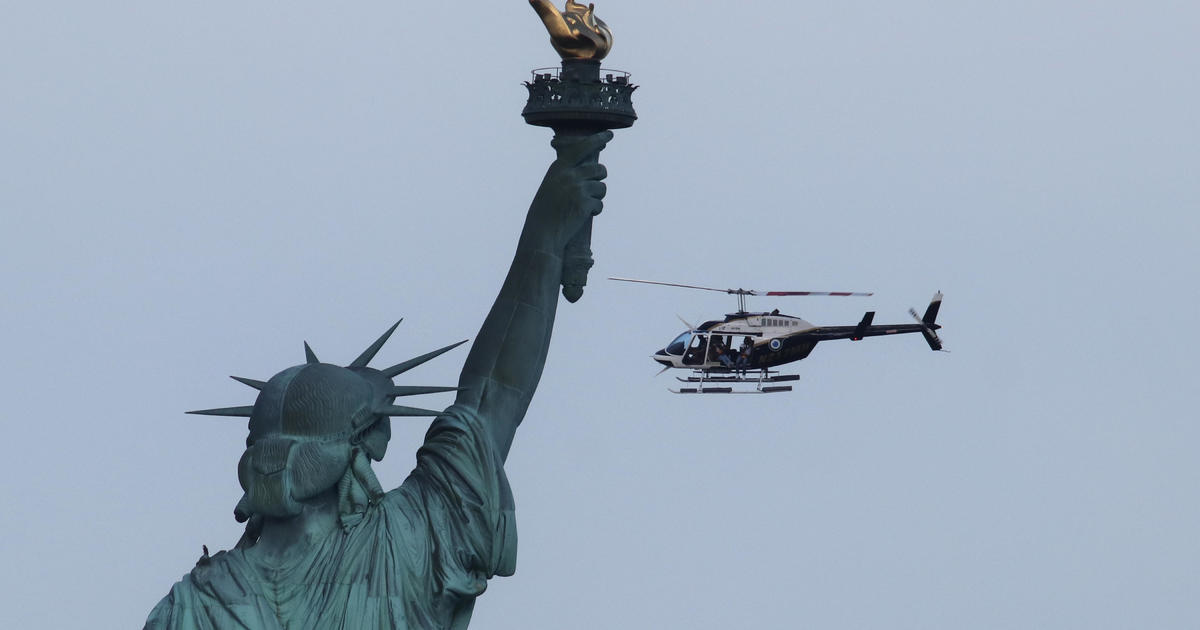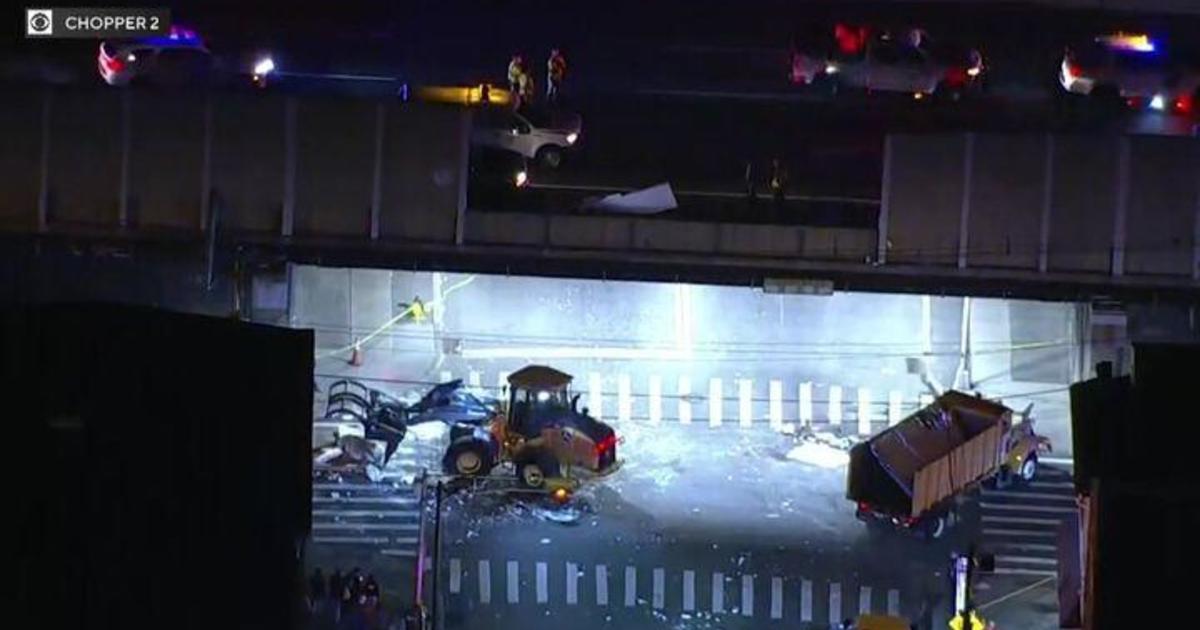New Metro-North Safety Measures In Place Following Fatal Train Derailment
NEW YORK (CBSNewYork/AP) -- The Metropolitan Transportation Authority says Metro-North signal crews have installed new safety protections at the Spuyten Duyvil curve, the site of last Sunday's derailment in the Bronx that killed four people.
The MTA said the new protections, which started Monday, will warn engineers of approaching speed reductions and will automatically apply the train's emergency brakes if speed is not lowered to the 30 mph maximum in the curve.
New Metro-North Safety Measures In Place Following Fatal Train Derailment
Metro-North engineers are also developing new signal protections to "automatically enforce speed restrictions'' at four other critical curves by March and at five movable bridges by September.
The other critical curves are Yonkers on the Hudson Line, White Plains on the Harlem Line and Port Chester and Bridgeport on the New Haven Line. All five movable bridges are on the New Haven Line.
"We want our engineers to know that they must comply and there's going to be intense scrutiny on them," said MTA spokesperson Marjorie Anders.
Starting Tuesday, Metro-North will also require that conductors stand with engineers at the control cab through the critical curves and bridges and verbally confirm that speed limits are adhered to.
When this is not possible, the conductors and engineers will communicate by radio.
New Metro-North Safety Measures In Place Following Fatal Train Derailment
On Sunday, U.S. Sens. Charles Schumer (D-N.Y.) and Richard Blumenthal (D-Conn.) urged the Federal Railroad Administration to demand the implementation of cameras on trains to prevent a future derailment.
"I know you're going to hear from Metro-North that there are costs, but the costs of these audio and visual recorders is minuscule, in fact negligible, compared to the hundreds of millions of dollars that this tragic incident will cost Metro-North in the end," Blumenthal said.
The National Transportation Safety Board first recommended installation of the audio and video recording cameras in locomotives and operating railway cabs five years ago.
The railroad administration issued a statement saying that safety was its "highest priority'' and 2012 was the safest year in railroading history.
"We support the use of cameras in cabs to further improve safety,'' the agency said, adding that it continues to work with the NTSB as it investigates the Metro-North crash.
The NTSB said it has a "long history of advocating for improvements stemming from fatal accidents.''
Schumer and Blumenthal said they believe such recording devices "may be used as a deterrent for dangerous behavior, like falling asleep or texting, and may also be used after a rail crash to determine the cause of the crash.''
A union official said William Rockefeller, the engineer at the controls of the Metro-North train that derailed on Dec. 1, "nodded off" at the controls and "zoned out" before the accident. Rockefeller's lawyer said the engineer went into a "daze."
Check Out These Other Stories From CBSNewYork.com:
(TM and © Copyright 2013 CBS Radio Inc. and its relevant subsidiaries. CBS RADIO and EYE Logo TM and Copyright 2013 CBS Broadcasting Inc. Used under license. All Rights Reserved. This material may not be published, broadcast, rewritten, or redistributed. The Associated Press contributed to this report.)



